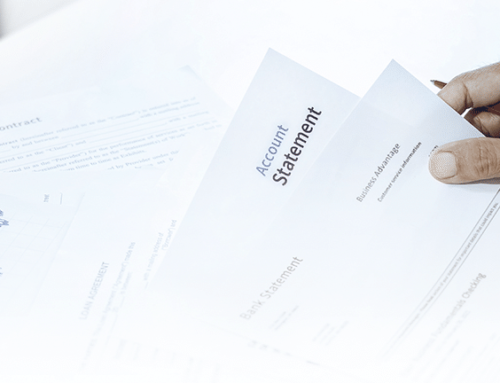First things first, like with any investment property purchase, whether it is your first or tenth, you need to liaise with your bank or mortgage broker to figure out the borrowing capacity available to you and the amount of deposit required for the purchase.
The best practice is to touch base with your bank or mortgage broker to find out what amount you can borrow. This will help start the process of looking for your second investment property and continuing the growth of your portfolio.
In relation to the home deposit, most lenders will require at least a 10% deposit of the purchase price. If you want to avoid lenders’ mortgage insurance (LMI) you will require a 20% deposit.
Get Your First Property Revalued.
Having your first investment property valued again will help determine if you have to put any cash (savings) into the investment or if you can leverage your equity to cover the initial deposit of the second property.
The equity in your first investment property is the current value of the property, minus the outstanding total mortgage, the difference is your equity in the property.
As the property appreciates in value and or you pay down the debt over time, the total equity position can increase and the total loan-to-value ratio may improve allowing for further potential borrowing from the bank to grow your property portfolio further.
Once again, it is recommended that you reach out to your bank or mortgage broker to arrange a valuation and know exactly how much your property is worth and the potential deposit you may be able to access for the next investment.
Consider Diversification.
We’ve all heard the term, “don’t put all your eggs in one basket”. In the residential market sense, simply; “don’t put all your eggs (properties) in one basket (area)”.
If an investor did only invest in one location whilst building a property portfolio, this may leave them overexposed and increases the possibility of losing everything at once.
In the past 5 years alone across Australia, we have seen many cities perform strong, whilst others have remained stagnant and prices have barely moved at all.
To mitigate risk where possible, and the overall strategy of diversification could potentially play a vital role in a sustainable property portfolio.
An investor can spread the risk across their property portfolio by adhering to elements such as market cycles and the type of property to potentially increase the possibility of returns and the overall long-term success.
This leads us to select the type of property for our second investment property.
Buying A House VS A Unit.
The true objective for any investment is to secure the strongest possible return.
When it comes to residential property investment, the debate as to whether houses or units are better investments remains a contentious one.
While both have exhibited strong performance in markets with strong fundamentals in past growth cycles, several factors hold significant influence over which is a more suitable option based on the current conditions of a specific market.
Investors need to determine what type of property is most suitable for the growing demographic of that specific market (suburb).
To follow these trends their is easily accessible demographic data from the Australian Bureau of Statistics (ABS), which helps us to determine the overall profile of a property.
Demographic data includes characteristics of the people living in that specific suburb such as:
-
Average age
-
Average income
-
Predominant occupations
-
Amount of income being spent on mortgage repayments.
All this data allows us to have a better understanding of the market and the overall profile of a suburb.
The type of housing and composition of households within a suburb is also crucial statistical data that can help us determine our next property selection.
For example, the percentage of free-standing houses compared to units/apartments including townhouses within that specific suburb can reveal what type of property has been in most demand historically.
Always conduct your research and due diligence when reviewing a property for potential investment and make sure you understand what the market is demanding, whether that is a unit or a house.









Leave A Comment